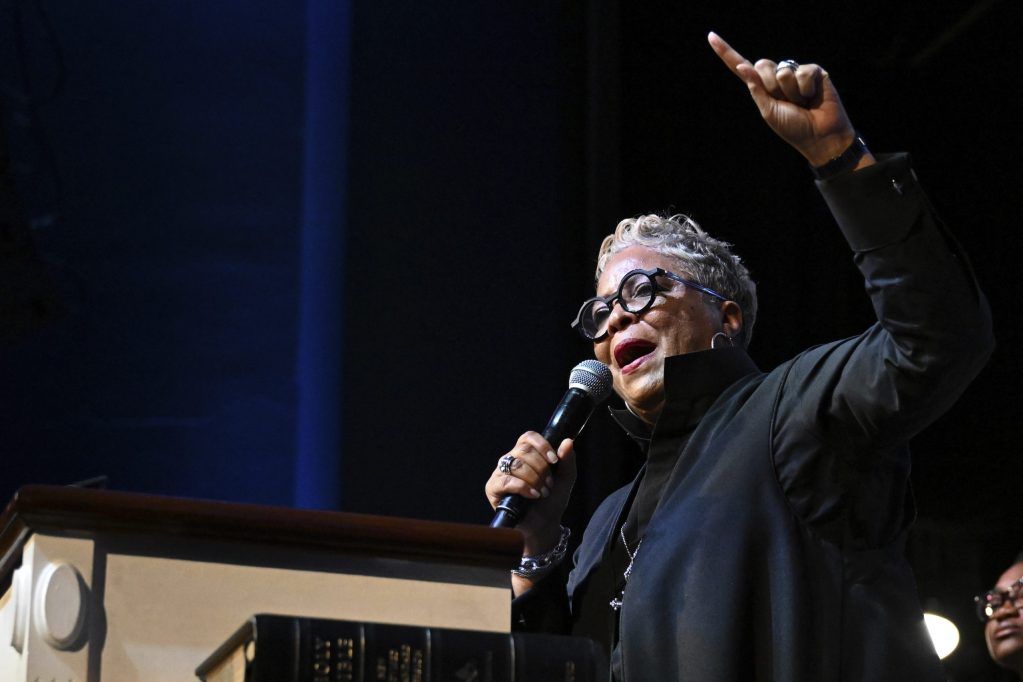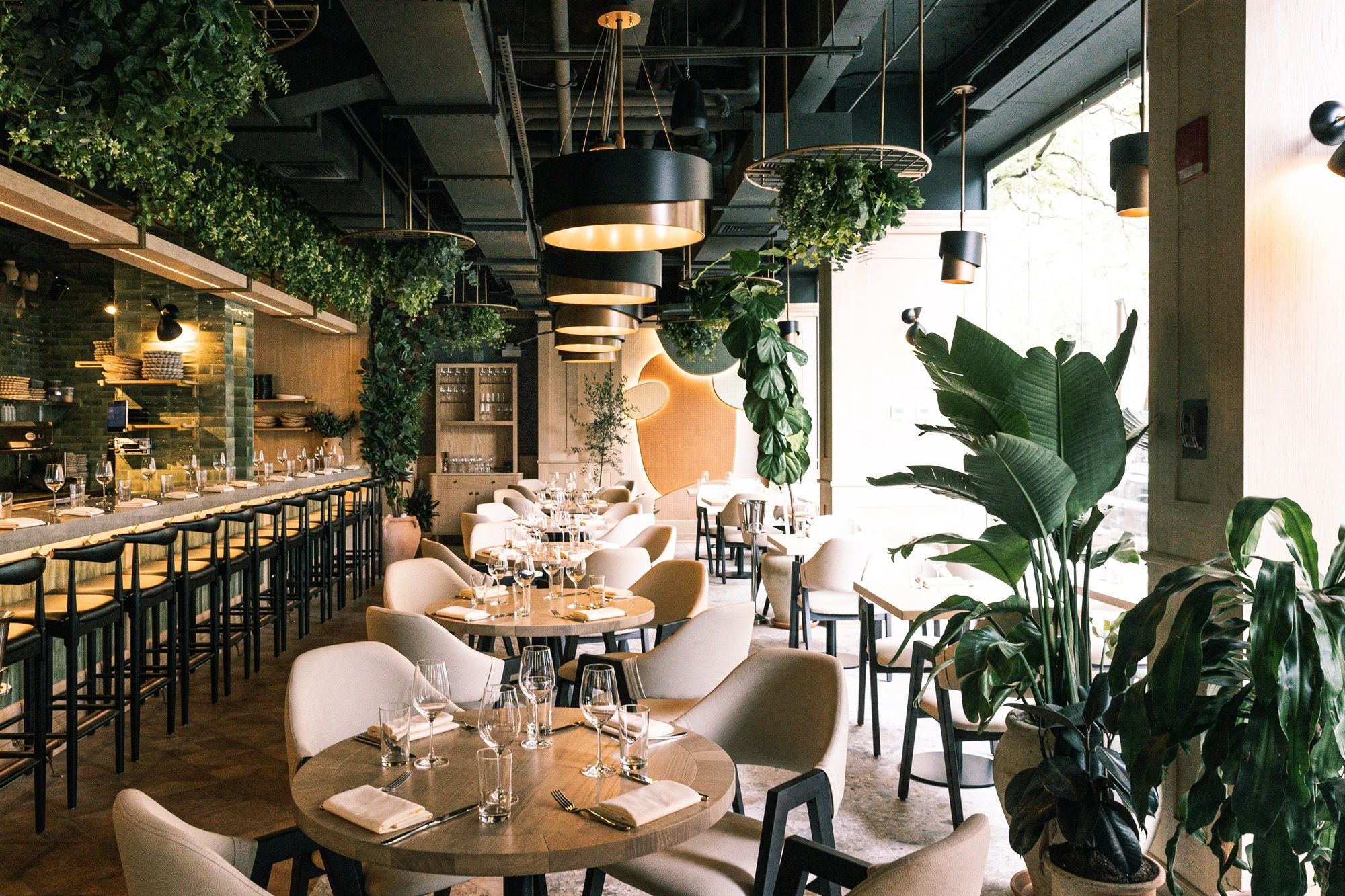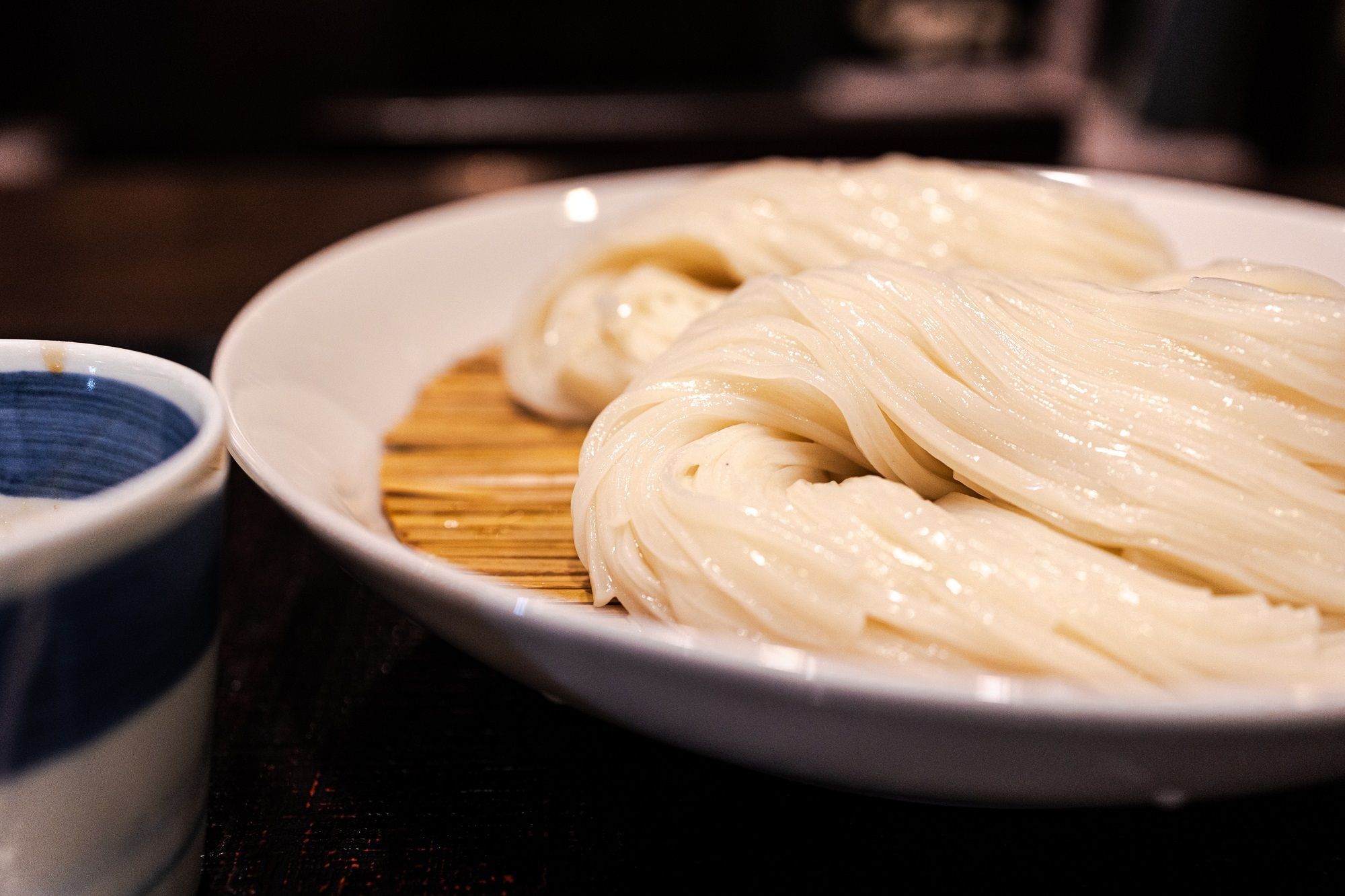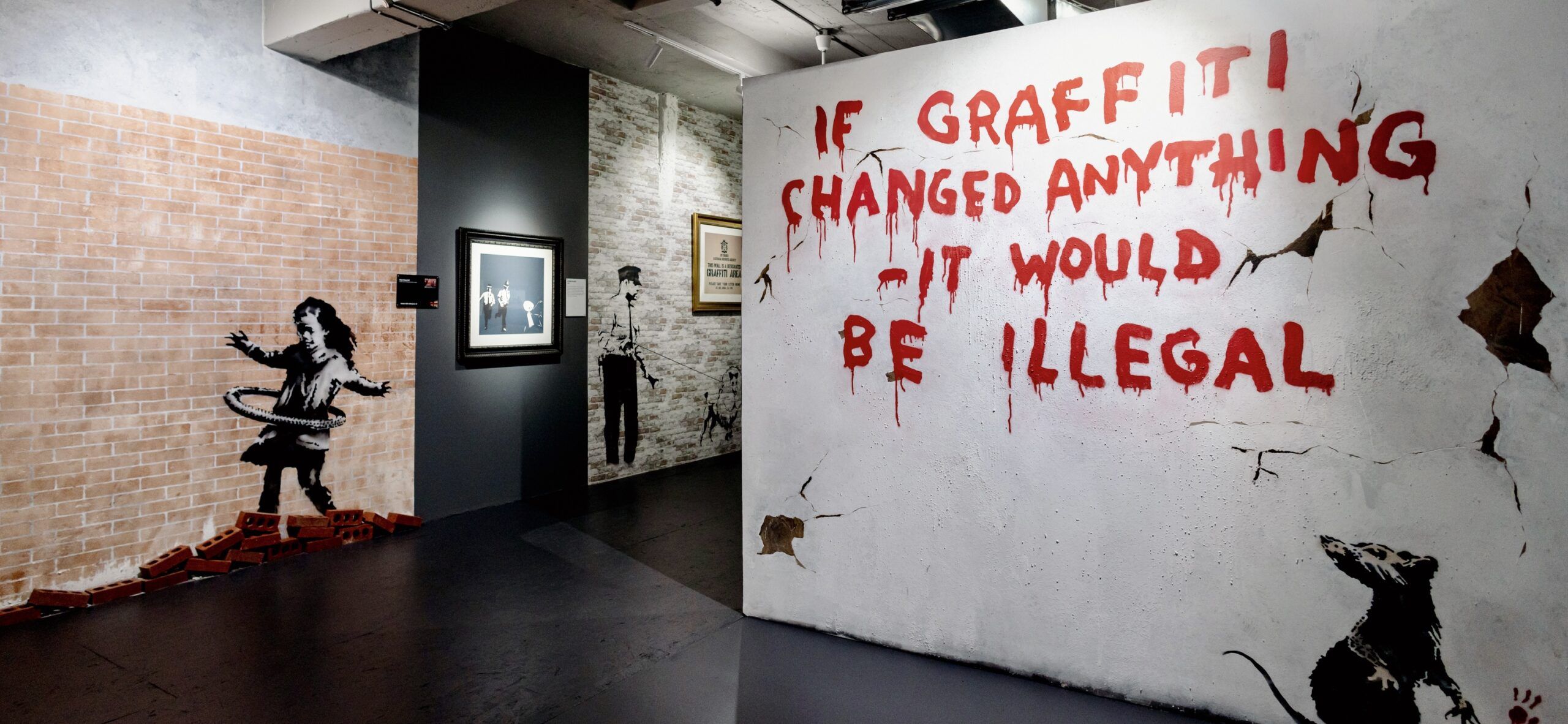Obstacles remain as women seek more leadership roles in America’s Black church

No woman had ever preached the keynote sermon at the Joint National Baptist Convention, a gathering of four historically Black Baptist denominations representing millions of people.
That changed in January when the Rev. Gina Stewart took the convention stage in Memphis, Tennessee—the Southern city home to Christ Missionary Baptist Church where she serves as senior pastor—and delivered a rousing message, asserting that Jesus not only included women in his ministry, but also identified with their suffering.
But what happened next put a spotlight on the obstacles women in Christian ministry continue to face as they carve out leadership space within the patriarchal culture of the Black church in America. Several women pastors told The Associated Press that it should serve as the breaking point.
“This is an example of no matter how high you rise as a woman, you’re going to meet patriarchy at the top of the hill,” said Martha Simmons, founder of Women of Color in Ministry Project, which helps women navigate the process of getting ordained. “The next Norton Anthology of African American preaching is probably 20 years away, but that sermon will be in there.”
Despite the enthusiastic reception for Stewart, the original recording of her historic sermon disappeared from the convention’s Facebook page, setting off a social media firestorm—driven mostly by women—protesting its removal. A recording of the sermon later appeared, but it was followed by accusations the convention edited her closing remarks, which challenges the four allied denominations to support women in ministry.
Jerry Young, president of the National Baptist Convention, USA, did not reply to requests from The Associated Press for comment. He said at another January meeting that he believed the Facebook page had been hacked and he planned to involve the FBI.
“I still don’t know what happened with the sermon, but what is clear is that this was a form of erasure,” Stewart said. “I was just as shocked, stunned and surprised as everyone else.”
It is symptomatic of a larger problem, according to several Black women pastors interviewed by the AP. They emphasized how they were worn down by the physical and psychological toll of working in a male-dominated culture.
In some denominations, women have made progress. The African Methodist Episcopal Church estimates that one-fourth of its total staff are women, including 1,052 ordained ministers.
In the Black church as a whole, male pastors predominate, though there’s no comprehensive gender breakdown. Simmons estimates that less than one in 10 Black Protestant congregations are led by a woman, even as more Black women are attending seminary.
The conditions aren’t new, but the public discourse over women’s equality in ministry has rapidly gained ground due in large part to the bullhorn social media provides, said Courtney Pace, scholar-in-residence with Memphis-based Equity for Women in the Church. Pace noted how Facebook afforded Eboni Marshall Turman a venue to publicly share her grievances before filing a gender discrimination lawsuit in December against Abyssinian Baptist Church in New York.
The late theologian and civil rights activist Prathia Hall underscores this dynamic, said Pace, who wrote “Freedom Faith: The Womanist Vision of Prathia Hall.” In the book, she details how Hall was a key inspiration for Martin Luther King Jr.’s “I Have a Dream” speech.
“The kind of thing that happened to Gina Stewart happened a lot to Prathia Hall,” Pace said. “When she was doing her work, we did not have social media, or cell phones with voice recorders and cameras in every hand. So who knows what the response to Prathia would have been with an empowered public like we have today.”
Hall was born in Philadelphia in 1940, the daughter of a Baptist preacher. As a youth, she took part in local speech competitions where she melded folk religion and liberation theology.
But not all of Hall’s relationships within the insular preaching fraternity of the National Baptist Convention were as collegial as her relationship with King, whom she said in later years did more with “I have a dream” than she could have.
Many theologically conservative Christian churches, including some Black Protestant denominations, prohibit women from preaching. They frequently cite certain biblical passages, including one they interpret as saying women ought to “be silent” in churches. Even in denominations without explicit bans, women with leadership aspirations often must contend with a patriarchal culture.
Last month, the audience was dotted with young Black women at an event hosted at the Howard Divinity School in Washington. A group convened a panel about the evolution of Black women’s role in the church.
Inside the cavernous Dunbarton Chapel that Howard Divinity shares with the Howard School of Law, a half-dozen Black women representing a range of independent churches and Black Protestant denominations spoke about persevering through instability and transition.
Their current duties, some of the women said, left them exhausted and unable to grieve the members they lost to COVID-19.
One speaker was Rev. Lyvonne Briggs. In 2019, she was being overworked and underpaid as an assistant pastor of a large Baptist church in California. Her marriage dissolved.
She restarted her life in Atlanta. During the lockdown one Sunday morning in her apartment, Briggs went live on Instagram and held a self-styled worship space for 25 people to share their experiences. It became known as The Proverbial Experience, which Briggs describes as an “African-centered, womanist series of spiritual gatherings to nourish the soul.”
In two years, Briggs grew her church into a digital community of 3,000. She also wrote “Sensual Faith: The Spiritual Art of Coming Back to Your Body,” a treatise on liberation from the sexual politics and objectification of Black women’s bodies in the church setting.
“I don’t ascribe to this idea that the Black church is dead,” Briggs told the AP. “But I do acknowledge and promote that we have to eulogize what it used to be so that we can birth something new.”
One preacher who fashions himself an expert on the topic of women’s role in the church, Walter Gardner of the Newark Church of Christ in Newark, N.J, sent a video link of one of his lectures when queried by the AP about his beliefs. At the end of one session, Gardner suggested that women, overall, ignore Scripture and are incapable of being taught.
That’s a mindset Gina Stewart would like to change, on behalf of future generations of Black women.
“I would hope that we can knock down some of those barriers so that their journey would be just a little bit easier,” said Stewart, who has continued to charge forward.
In a given week, her preaching schedule can take her to multiple cities. As an example, she traveled to Washington earlier this month after accepting a sought-after invitation to preach at Howard University’s Andrew Rankin Memorial Chapel.
Stewart’s goals mesh with those of Eboni Marshall Turman, who gave the Martin Luther King Jr. Crown Forum lecture in February at Martin Luther King’s alma mater, Morehouse College. In December, after not being named a finalist, she had sued Abyssinian Baptist Church and its pulpit search committee for gender discrimination over its hiring process for its next senior pastor, an assertion the church and the committee disputed. No woman has ever held the post.
A former Abyssinian assistant minister, the Rev. Rashad Raymond Moore, said in an email to The Associated Press that of the several dozen applicants for the senior pastor job, “none were more exciting, promising and refreshing than Eboni Marshall Turman.”
Added Moore, who now is pastor of New York City’s First Baptist Church of Crown Heights, “Pastoral searches in Black congregations, historically socially conservative, are often mired in the politics of discrimination, including biases based on gender, sexual orientation, marital status and age.”
Marshall Turman, a Yale Divinity School professor, offered pointed critiques in her first book at what she deemed the inherent patriarchy of Morehouse’s social gospel justice tradition. She adapted her recent lecture’s title from the last speech ever given by King, the all-male college’s most famous alum.
The title was blunt: “I’m Not Fearing Any Man.”
___
Associated Press religion coverage receives support through the AP’s collaboration with The Conversation US, with funding from Lilly Endowment Inc. The AP is solely responsible for this content.
The post Obstacles remain as women seek more leadership roles in America’s Black church appeared first on New York Amsterdam News.















